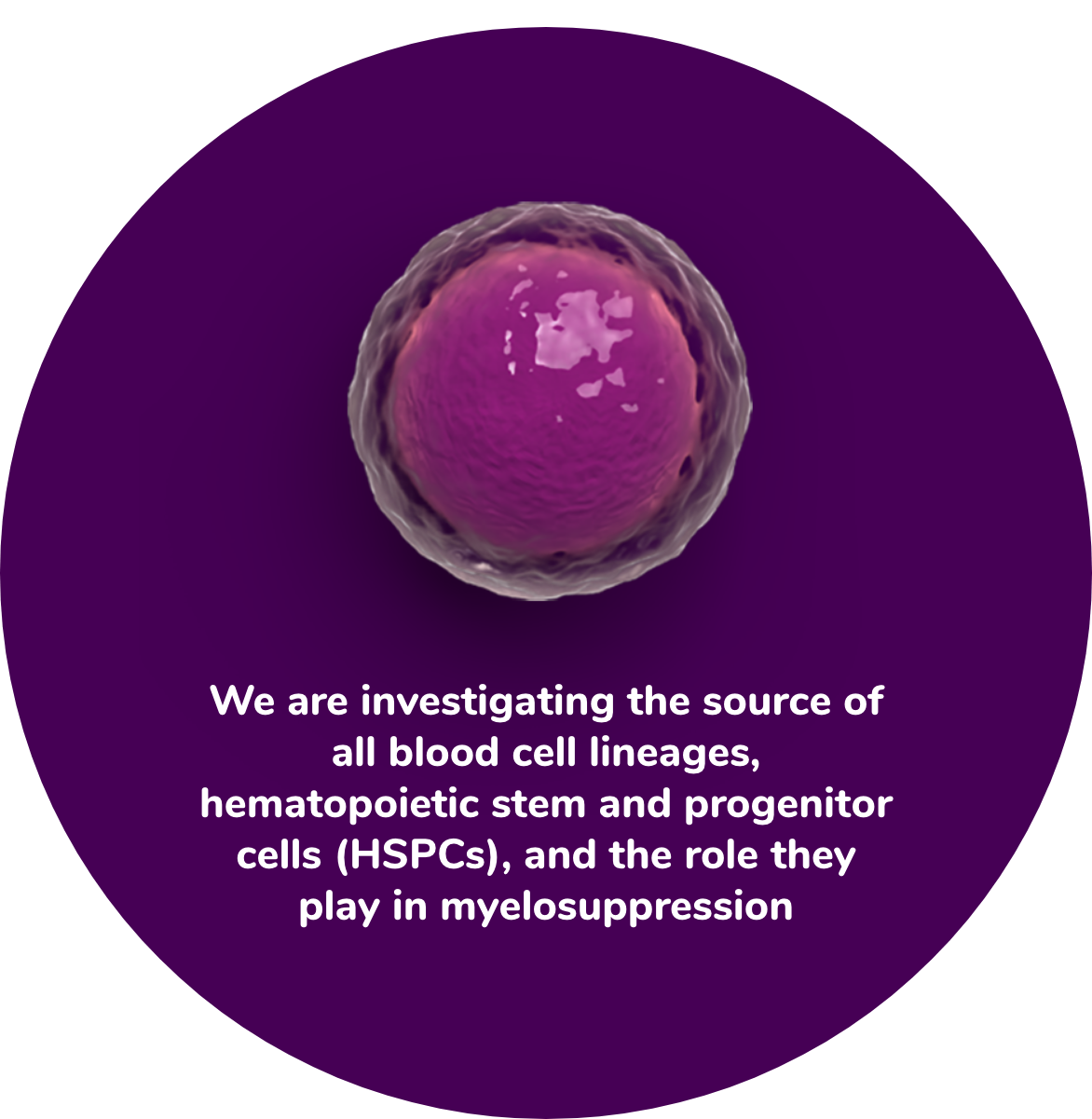Multiple blood cell lineages break down during chemotherapy
HSPCs, the source of all blood cell lineages, continue to be damaged by chemotherapy—leading to multiple consequences
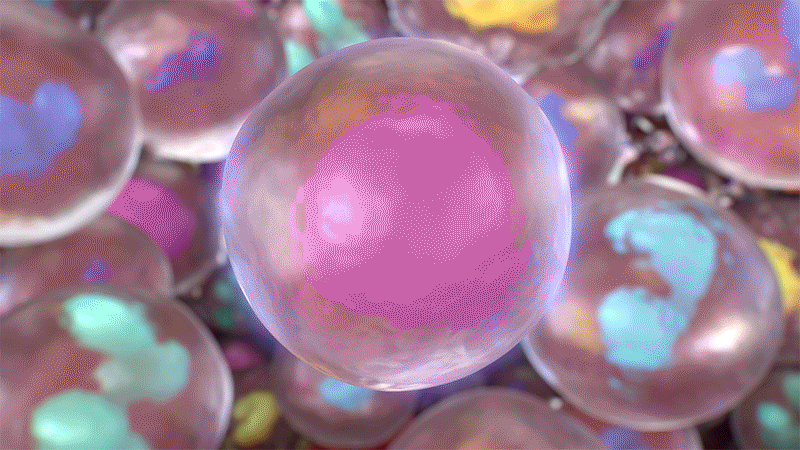
Myelosuppression is a direct consequence of cytotoxic chemotherapy which damages both cancerous cells as well as the early progenitor cells in the bone marrow. These cells known as Hematopoetic Stem and Progenitor Cells (HSPCs), ultimately give rise to red blood cells, platelets, and white blood cells. Consequently, all of those downstream lineages are affected by cytotoxic chemotherapy and can lead to adverse events include neutropenia, anemia, and thrombocytopenia—all of which can impact quality of life, require additional therapies, and even delay or halt a patient’s chemotherapy regimen. Existing therapies, known as Growth Stimulating Factors (GSFs), work by stimulating a single line of already damaged progenitor cells—a reactive approach to help rescue just one cell type.
In an attempt to illuminate the need for a multi-lineage therapy, this disease education campaign explores chemotherapy-induced myelosuppression at its root—damage to HSPCs, the source of all blood cell lineages—and the downstream consequences of neutropenia, anemia, and thrombocytopenia.
Journal Ad
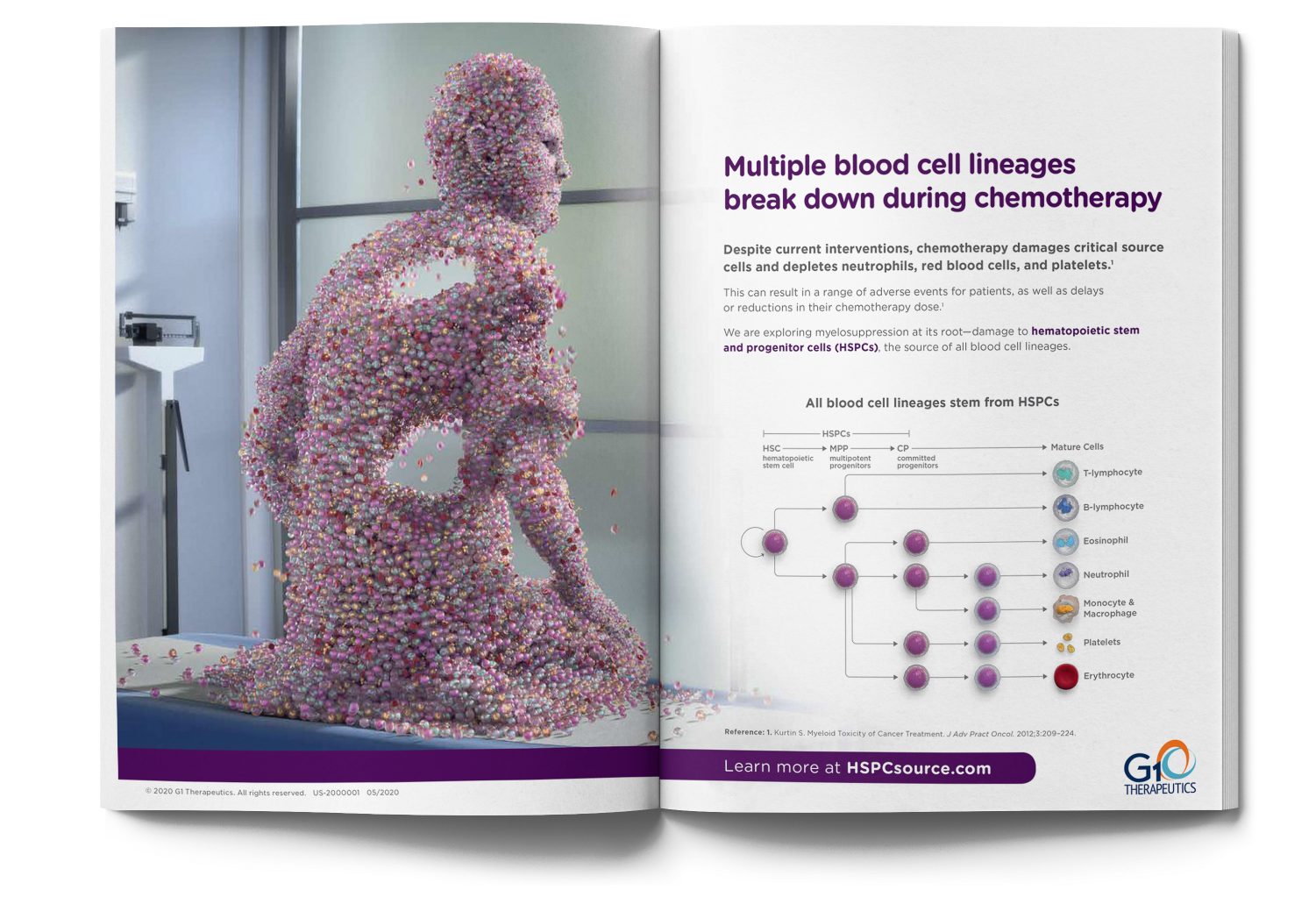
Website
All the blood cell lineages broken down by chemotherapy stem from HSPCs, critical source cells

Info Sheet
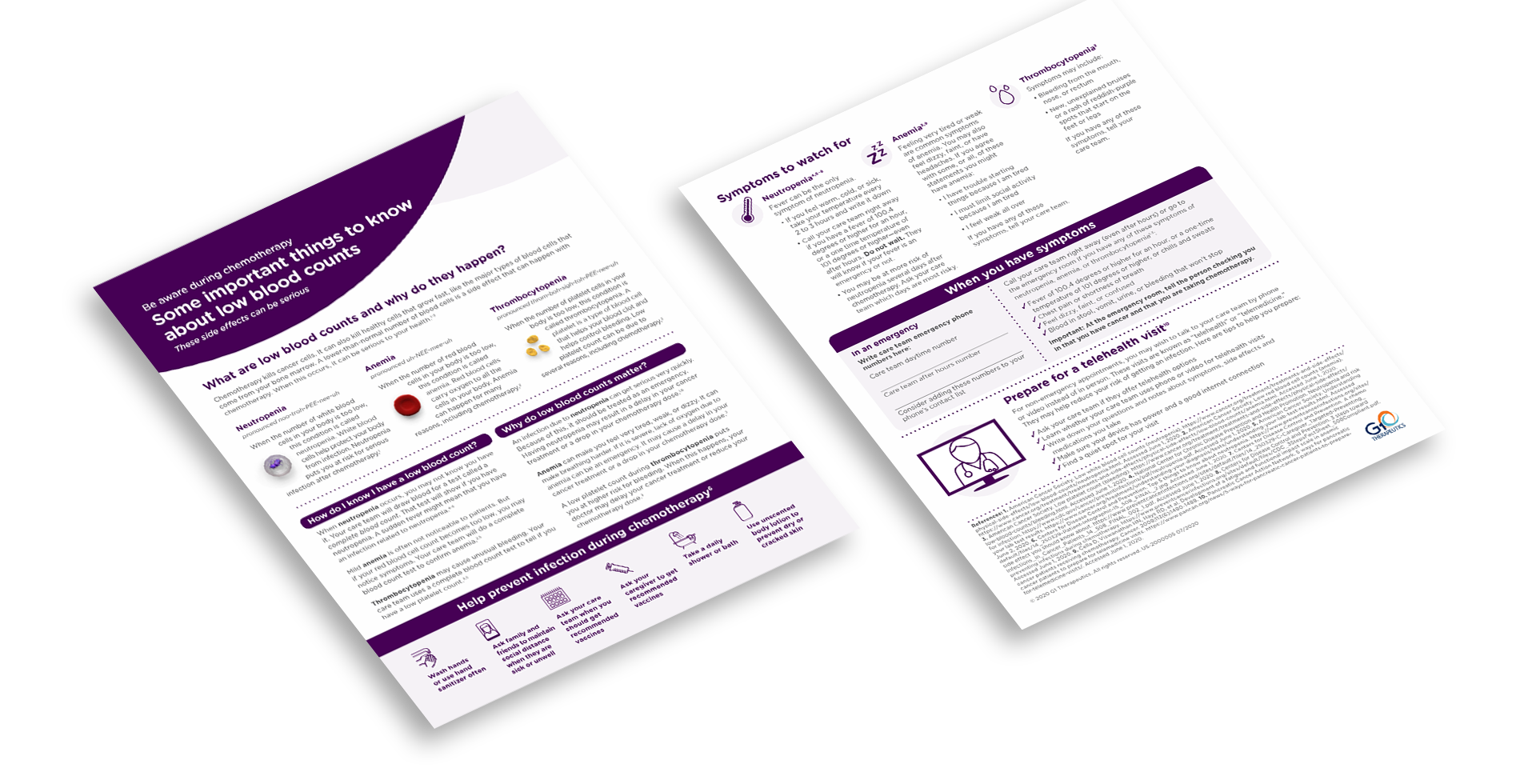
Banner Ads
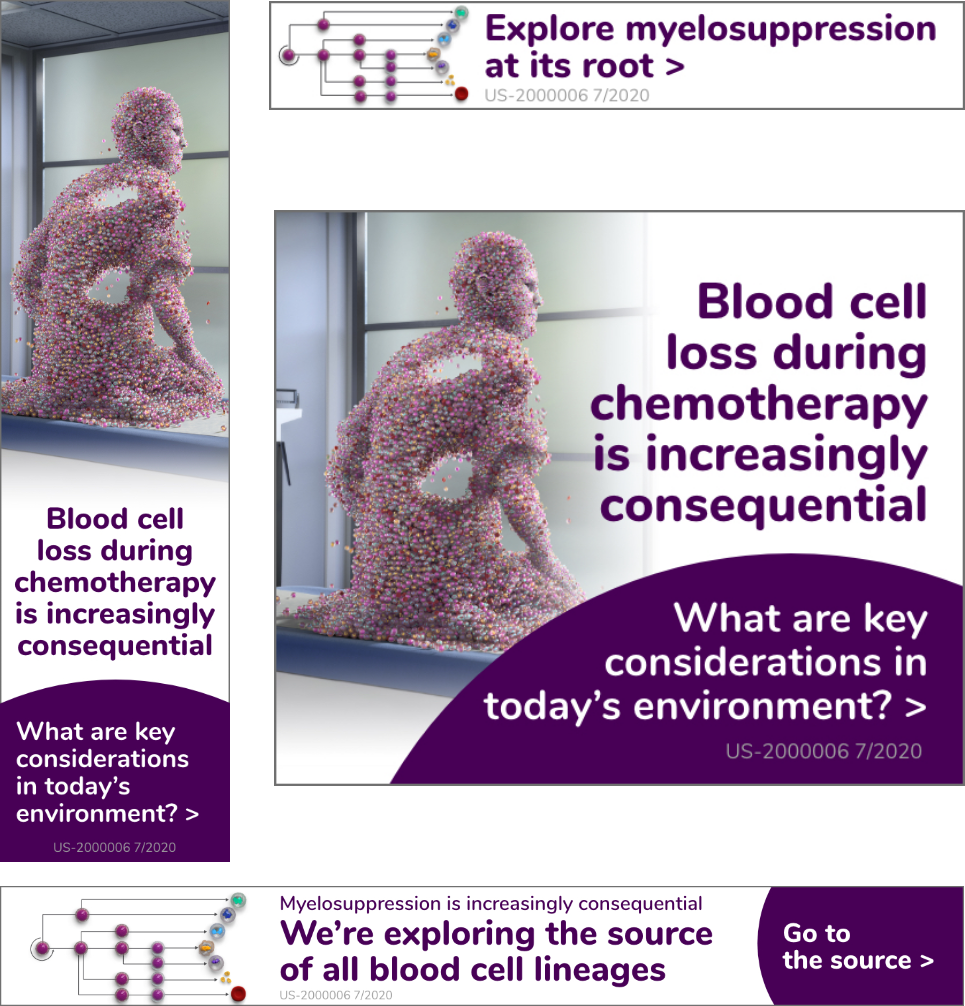
Cast of Cells

KOL Video

